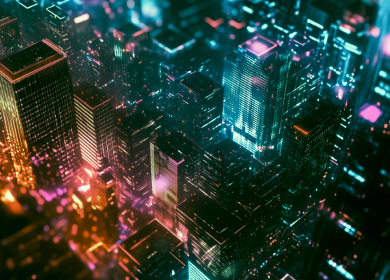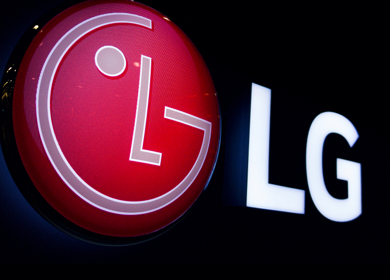How the Rise of Virtual Influencers and AI will Transform Influencer Marketing?
Published: December 12, 2022

As influencer marketing is expanding rapidly, several businesses are experimenting with new ways to leverage creator content.
A decade ago, influencers constituted A-list celebrities who endorsed products or services among their followers. Today, almost anyone and even digital characters can be an influencer. That includes virtual influencers powered by bots that can act as brand advocates. Or micro-influencers who have a niche yet loyal fan following.
Thus, it’s not surprising to note that the global influencer market is poised to reach $33.20 billion by 2030 at a CAGR of 38.2% through to the forecast period.
Social Media Today’s study predicted that virtual influencers will be an emerging area of influencer marketing. These virtual influencers are computer-generated characters, or bots, created for social media that interact with users online, as part of a service or promotion. In 2022, 58% followed at least one virtual influencer and 35% of American consumers bought a product or service promoted by a virtual influencer, according to Social Media Today.
Whether be it micro-influencers or virtual bots, fans feel a strong sense of connection and prefer such peer-to-peer recommendations more than scripted promotions. Take, for instance, Lil Miquela, the Instagram virtual influencer who has collaborated with top fashion brands such as Prada, Calvin Klein, and PacSun. As of 2022, Miquela amassed over 2.9 million Instagram followers. She was also hailed as one of Time’s 25 most Influential People along with fellow fashion peers and celebrities.
According to Christopher Travers, the founder of VirtualHumans.org, virtual influencers can do anything that human influencers can do, but with more control and engagement. As a matter of fact, virtual influencers can offer nearly three times the engagement rates of real influencers.
Will Virtual Influencers and AI transform the Influencer Marketing Landscape?
The use of digital characters as brand ambassador is not something new. In fact, earlier brands used to employ mascots – characters or avatars as part of their logo to strengthen brand recall. We have had Ronald McDonalds, Burger King, Geico’s Gecko, Michelin Man, and more ruling people’s hearts. These popular brand mascots were primarily used for branding or merchandising. According to a study, brand mascots and characters were used in campaigns to increase profit and emotional connection with consumers by 41%.
With the proliferation of AI in marketing, yesteryear’s brand mascots can now become virtual influencers and directly interact with fans. Brands can now leverage AI to build bot mascots. And, they can create accounts for them on social networks to further employ them as a channel for marketing their products or services. Not just account creation, AI can also be used to generate images, videos, and content using generative platforms such as Stable Diffusion, DALL E 2, Chat GPT, etc.
The rise of virtual influencers has certainly paved the way for larger applications of AI in influencer marketing. Influencer marketing can benefit from AI in the following ways:
- Create virtual influencers and brand mascots to communicate and connect with consumers
- Provide practical and useful workflows in matching the right influencer with a brand
- Generate relevant content using machine learning models and AI-trained bots
That’s not to say, virtual influencers will replace human influencers anytime soon. But the popularity of AI-powered influencers and AI-driven creator content can deliver manifold benefits to the influencer marketing landscape. It can help brands to leverage innovative opportunities to reach out to their target audience. Both real and ‘unreal’ influence can work hand-in-hand to make influencer marketing become a high performance marketing channel.










Be the first one to comment.